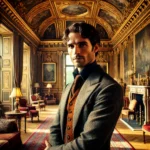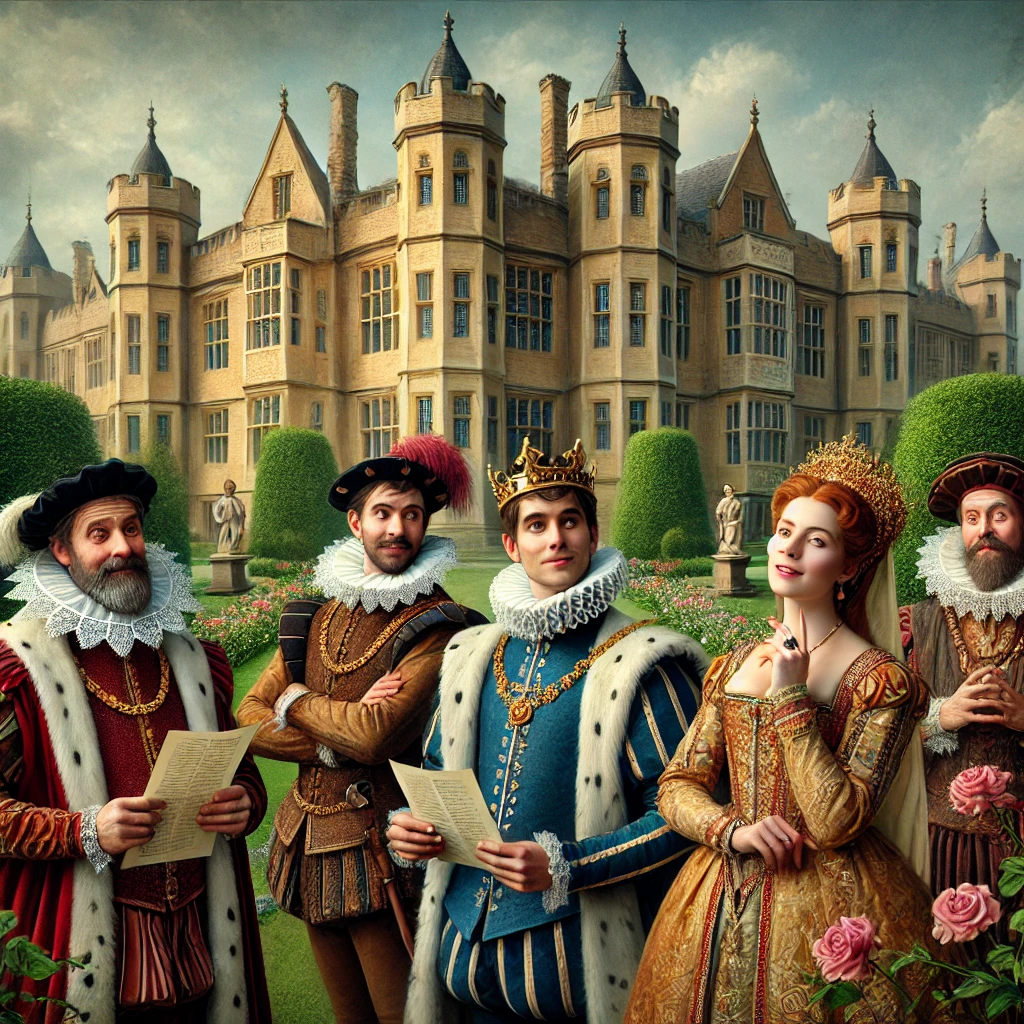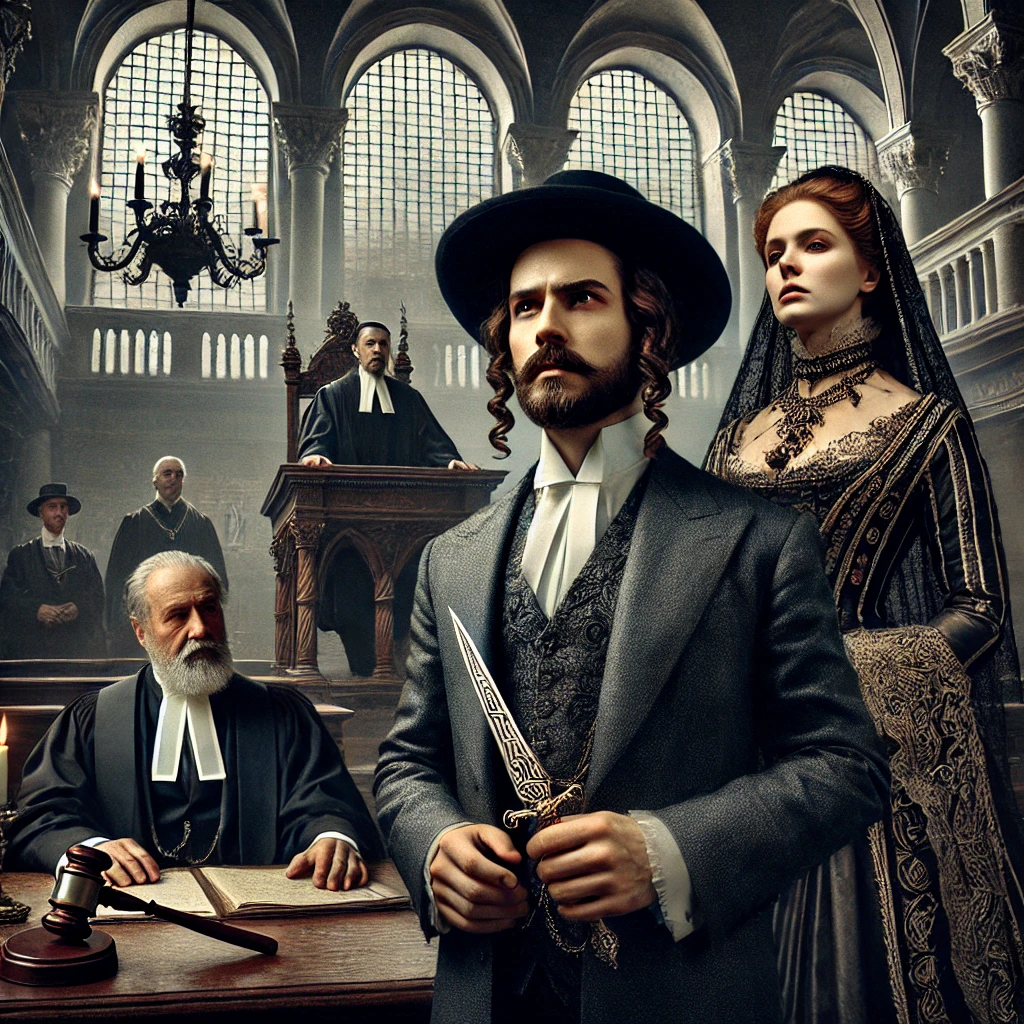“Beyond Good and Evil” by Friedrich Nietzsche was first published in 1886 and remains one of his most pivotal works. This philosophical text critiques traditional Western thought and challenges the foundations of morality, truth, and human behavior. Nietzsche’s provocative exploration of truth, morality, religion, and politics in this work laid the groundwork for modern existentialism and postmodernism. It builds on the ideas introduced in his earlier work, Thus Spoke Zarathustra, while taking a more direct and confrontational approach.
Plot Summary
Amid the rolling landscapes of philosophical inquiry, a voice rises—sharp, disruptive, and unyielding—calling into question everything known about morality, truth, and existence. That voice belongs to Friedrich Nietzsche, whose thoughts spill forth like wild, untamed rivers, dismantling centuries of dogma and tradition. His journey begins with a scornful glance at philosophers who came before him, accusing them of clumsily courting truth as if it were a woman to be conquered. But truth, he suggests, is no such thing. It is elusive, veiled, and perhaps unattainable. The very pursuit of truth itself may be riddled with falsehoods, for is it not possible that the will to truth is also a will to deception?
Nietzsche’s steps carry him further into the labyrinth, where he questions whether opposites like good and evil, or truth and falsehood, are as distinct as we imagine. He asks whether truth can emerge from error or whether virtue can arise from selfishness. These, he implies, are false antitheses, simple illusions upheld by millennia of metaphysical reasoning. His voice drips with sarcasm as he dissects these constructs, arguing that the greatest of human values might not stem from purity or goodness, but from instincts deemed “evil” by moralists—selfishness, the will to power, and desire.
He speaks to the readers directly, almost as if taunting them: Are you willing to question the value of truth itself? Would you dare suggest that deception, illusion, and even ignorance might serve life better than absolute truths? And so he invites a new kind of philosopher—a “free spirit”—one willing to risk everything, including the comfort of certainty, for the sake of a more dangerous, liberated wisdom.
In the depth of this exploration, Nietzsche casts his gaze toward the moralities that have ruled humanity for so long. He finds, in particular, a target in Christianity and the morality of “good and evil” it has built. To him, Christianity is nothing but the triumph of the weak over the strong, a system built by slaves who seek to turn their powerlessness into virtue. It is here that Nietzsche introduces his distinction between “master morality” and “slave morality.” The masters, he says, create values that affirm life, strength, and power. They define what is good as that which enhances their strength and vitality. The slaves, on the other hand, invert these values. For the powerless, the meek, and the oppressed, what is good becomes what makes them feel safe—humility, pity, obedience. Their morality is a morality of resentment, born out of weakness and hatred for life’s robust forces.
Nietzsche’s disdain for this moral inversion pulses through his writing. He speaks of the “herd,” those masses who embrace slave morality, not out of choice but out of fear, out of a desperate need to believe that their suffering holds some higher purpose. He tells of the dangers of these moral systems, which drain vitality from life, leveling all beings into mediocrity. Yet, the masters, those who live by strength and creativity, live beyond such categories of good and evil.
It is in this realm beyond good and evil that Nietzsche calls forth his Übermensch, an individual who forges his own path and creates his own values, who rejects the morality of the herd and instead affirms life in all its chaos and contradiction. The Übermensch is not weighed down by guilt or remorse, for he understands that morality itself is nothing more than a construct, a tool of the weak to keep the strong in check.
But Nietzsche’s journey is not one of simple iconoclasm. He also delves into the psychology of philosophers, uncovering how much of their lofty ideals and truths are simply reflections of their personal biases and instincts. Philosophy, he argues, is less about seeking the truth and more about the philosopher’s will to power, his desire to impose his own order upon the world. Beneath every philosopher’s system lies a hidden morality, a personal perspective masked as objective truth.
In his wanderings, Nietzsche does not shy away from critiquing even the most revered thinkers. He laughs at Kant’s “categorical imperative” and dismisses the philosophical systems of Plato and Spinoza as the products of weak, sickly minds. He exposes these philosophical edifices as thin disguises for the will to power, mere attempts to impose an artificial order on the chaos of life. He has no patience for those who, like Kant, seek to restrain life through rigid moral frameworks.
Nietzsche, ever the provocateur, questions whether such a thing as “free will” even exists. He asserts that human beings are not as free as they would like to believe. The will, he argues, is not a single, unified force but a complex interplay of instincts, desires, and drives. What we call free will is nothing more than a feeling of mastery over these forces. When we command ourselves to act, we do so not out of some abstract freedom but out of the inherent tensions within our own instincts, driven by the will to power that seeks expression through us.
As Nietzsche ventures further, his tone grows both playful and dangerous, as if daring the reader to challenge his conclusions. He critiques the very notion of “cause and effect,” suggesting that such concepts are inventions of the human mind, tools we use to make sense of a chaotic, indifferent universe. Yet, he revels in this chaos, for it is here, beyond the false comforts of truth and morality, that life is truly affirmed.
In the final moments of his exploration, Nietzsche stands at the edge of the abyss, looking into the future. He envisions a new kind of philosopher—one who is willing to embrace the world as it is, without the illusions of morality or truth. This new breed of thinker would celebrate life’s flux and disorder, reveling in the creative potential of chaos. Such a philosopher would live beyond good and evil, beyond the petty distinctions that have held humanity back for so long.
In the distance, the sound of chains breaking echoes, and the shadows of old gods fade. A new dawn begins, one where the free spirit roams unshackled by the ghosts of the past, creating new values, new truths, and a new world.
Main Characters
As a philosophical treatise, Beyond Good and Evil doesn’t follow a narrative structure with conventional characters. However, Nietzsche’s central ideas and personified concepts serve as the “characters” that guide the reader through his critique. The most notable concepts are:
- The Free Spirit: Representing individuals who transcend societal norms, the Free Spirit embodies Nietzsche’s ideal of someone who questions and ultimately rejects traditional morality, religion, and dogmatic thinking. The Free Spirit stands for intellectual independence and the pursuit of personal truth.
- The Last Man: Nietzsche’s symbol of the conformist, the Last Man is the opposite of the Free Spirit, content with mediocrity, security, and complacency. This figure serves as a warning against a society that no longer strives for greatness.
- The Übermensch (Overman/Superman): Though not fully explored in Beyond Good and Evil (as in Thus Spoke Zarathustra), the Übermensch represents Nietzsche’s vision of a higher, evolved being who has moved beyond conventional good and evil, creating their own values.
Theme
The Will to Power: A central motif in Nietzsche’s philosophy, this concept suggests that life’s fundamental driving force is the desire for power and influence, rather than survival or morality. This will motivates human actions, from basic instincts to grand artistic and philosophical endeavors.
Critique of Traditional Morality: Nietzsche famously challenges the binary opposition of good and evil, proposing that these categories are socially constructed and serve to suppress individual power and creativity. He encourages moving beyond conventional morality to develop personal values.
The Nature of Truth: Nietzsche questions the Western obsession with truth, particularly as framed by philosophers such as Plato and Kant. He posits that truth is not objective but is instead a construct that serves certain human needs and desires, suggesting that deception and illusion can sometimes be more life-affirming than harsh truths.
Master-Slave Morality: One of Nietzsche’s influential ideas is the distinction between master morality (the morality of the strong-willed) and slave morality (the morality of the weak). He contends that Western society has embraced a slave morality, rooted in Christian values of meekness, humility, and pity, which stifles human potential.
Writing Style and Tone
Nietzsche’s writing in Beyond Good and Evil is aphoristic, bold, and often enigmatic. He eschews traditional philosophical argumentation in favor of short, sharp statements that provoke thought and challenge conventional beliefs. The aphoristic style lends itself to flexibility, allowing Nietzsche to jump between topics, contradict himself, and push the reader to think independently rather than passively absorb his ideas.
The tone is confrontational and, at times, playful. Nietzsche mixes sarcasm, irony, and rhetorical questions to engage the reader in a philosophical battle, compelling them to examine deeply held assumptions. His language is vivid, emotional, and designed to stir a reaction, whether admiration, anger, or contemplation. Nietzsche’s provocative tone helps reinforce the book’s themes of questioning established norms and pushing the boundaries of traditional thought.
We hope this summary has sparked your interest and would appreciate you following Celsius 233 on social media:
There’s a treasure trove of other fascinating book summaries waiting for you. Check out our collection of stories that inspire, thrill, and provoke thought, just like this one by checking out the Book Shelf or the Library
Remember, while our summaries capture the essence, they can never replace the full experience of reading the book. If this summary intrigued you, consider diving into the complete story – buy the book and immerse yourself in the author’s original work.
If you want to request a book summary, click here.
When Saurabh is not working/watching football/reading books/traveling, you can reach him via Twitter/X, LinkedIn, or Threads
Restart reading!








